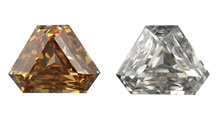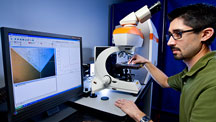GIA Research
GIA has been on the cutting edge of gemmological research since 1931, and now there is more to learn than ever. With the appearance of new gem sources and gemstone types and new treatment processes and synthetic gemstones, the public relies on GIA to know the identity and quality of the stones they love. Continued breakthroughs in research ensures the public’s trust in the gem industry and offers gem aficionados everywhere deeper insight into these marvels of nature. This page is your gateway to the discoveries and news in the research community and archived historical content.
Research Content
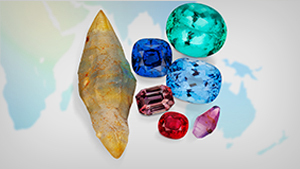
Publications
From the history of the Chivor emerald mine to the ancient craft of jade carving to insights into the causes of corundum colour, these articles combine science with art and history to provide a window into the fascinating and complex world of gemstones. Offering up the best and most current research by GIA lab scientists, all were published in GIA’s peer-reviewed academic journal, Gems & Gemology, or other professional journals.
Explore GIA Publications

Read about the some of the world’s most valued gems and the identification of unusual gem treatments and rare gem materials.
Read More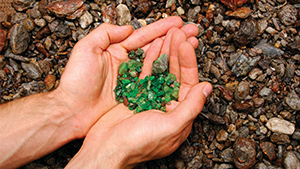
Field Gemmology
GIA field gemmologists are globetrotters, travelling to all corners of the world to study new gem sources, such as Nasarawa aquamarine or Mozambican ruby. In the past decade, they’ve been on 95 expeditions to 21 countries, collecting more than 1 million carats of samples.
Explore Field Gemmology Articles

Curious about artisanal mining, the conditions of gem formation or how gemmologists determine gemstone country of origin?
Read More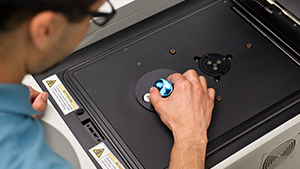
Scientific Equipment & Techniques
As new gems and gem localities are discovered and gem origin services become increasingly in demand — and as laboratory-grown stones and treated stones grow in popularity — gemmologists rely more and more on advanced instruments to identify and evaluate stones. From loupes and microscopes to laser ablation inductively coupled plasma mass spectrometry, each instrument provides a piece of the puzzle on gemstone type, potential treatments and origin.
Learn about GIA's tools of the trade

GIA researchers, developers and innovators work each day to discover solutions for identifying complex gem materials and treatments.
Read MoreGIA Knowledge Sessions
The GIA Knowledge Session webinars are a series of talks and seminars that engage participants in the most diverse and pressing issues in gemmology today, including gemstone origin, laboratory-grown stones and new discoveries in field gemmology. These webinars are brought to you by GIA staff members with Ph.D.s, field gemmologists, educators and research scientists whose experience and expertise offer a trove of gem knowledge.
LEARN MOREResearch Fellowship Programme
Richard T. Liddicoat Postdoctoral Research Fellows
Latest Research

Is There a Difference Between Natural and Laboratory-Grown Diamonds?
Read Article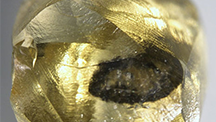
Diamond Research Gives Clues to the Formation of the Continents
Read ArticleWhere Do Blue Diamonds Come From?







